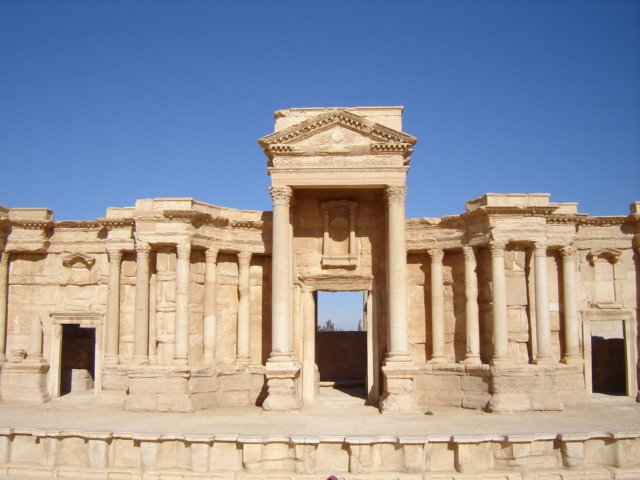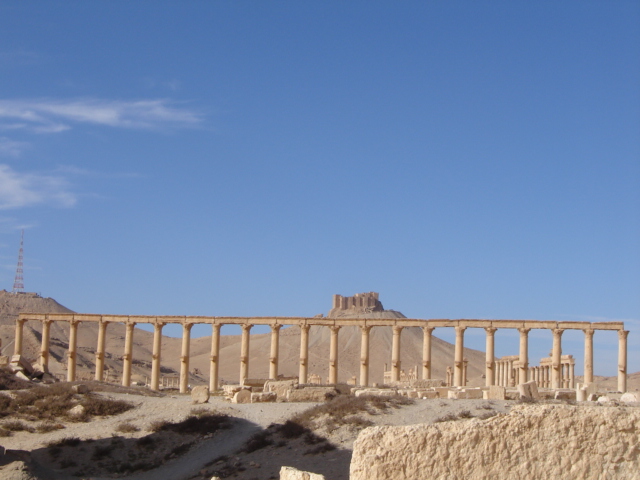DISORIENTED
On Lost birds and Vanished Stones
Adored in Ancient Egypt, protected by its religious significance in Birecik southern Turkey, the Northern Bald Ibis Geronticus Eremita is a legendary migratory bird was thought to be extinct in the Middle East for the last 70 years until it reappeared breeding in Palmyra in 2002. Yet after the 2015 combats that took place in the ancient city, “Zenobia”, the last specimen of the Northern Bald Ibis to know the migratory route has disappeared. Hopefully a preserved sedentary population is surviving in the Sous Massa Natural Reserve in Morocco and in Anatolia.
Yet its migratory route is lost forever.
Through the use of sculpture, drawing and video, ‘Disoriented’ offers an alternative allegorical migratory route evoking this legendary birds’ lost one. This multimedia installation, seeks to open a reflection on the intricate relationship between humans and animals, woven by myths and beliefs that for ages has filled the imagination of men. Furthermore, it is an invitation to rethink the way we inhabit in the world today. The Northern Bald Ibis is hence chosen as a symbol of loss and rebirth for its story entwines not only natural patrimony loss but also irreversible cultural heritage losses.
In my artistic practice I explore the notions of home, migration, identity reconstruction, places of origin, diaspora and the possibility of homecoming. Through the use of sculpture and multimedia, I create semantic relationships with different materials and images and their symbolic meanings. In the realization of this project, I wish to reassess these notions through an allegory built around the Northern Bald Ibis.
This project was presented for the first time at the Salon de Montrouge 2019 and has received the important support of the Villa Belleville Workshops, Ville de Montrouge and Géant de Beaux Arts.
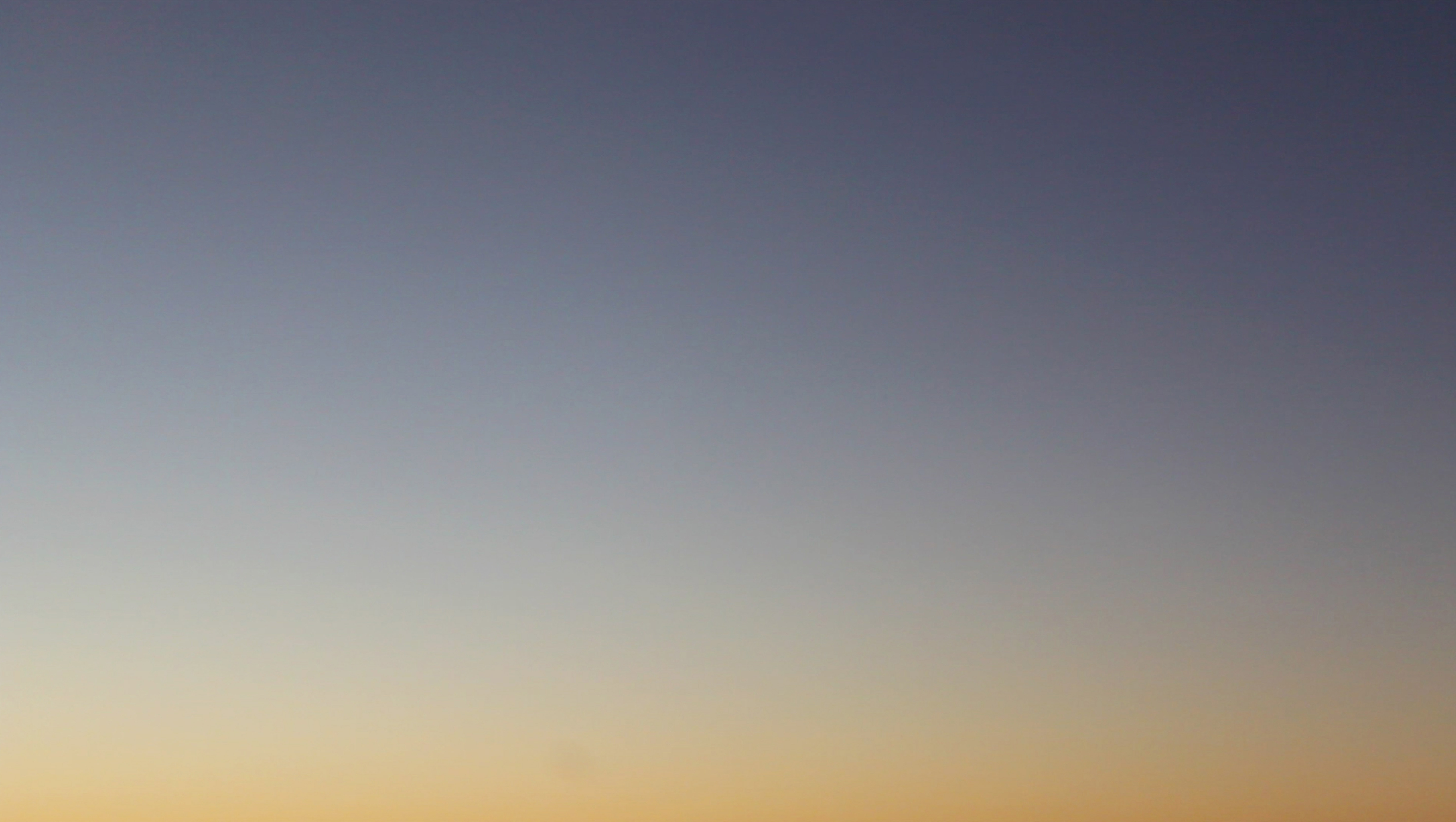
'Dawn' video (2019)
The sunrise, the moon and the position of the stars are landmarks for migratory birds in their long and perilous journey. The light of dawn designates the direction of the East and guides their flight.
Endowed with a prodigious geographic memory and a precise internal compass, the knowledge of the migratory route is transmitted to them by the older ones and is essential to their survival in wild environment. Without it, they find themselves disoriented.
Similarly, the distanced attitude of contemporary man towards Nature reveals a loss of reference within it.
'Spirit'
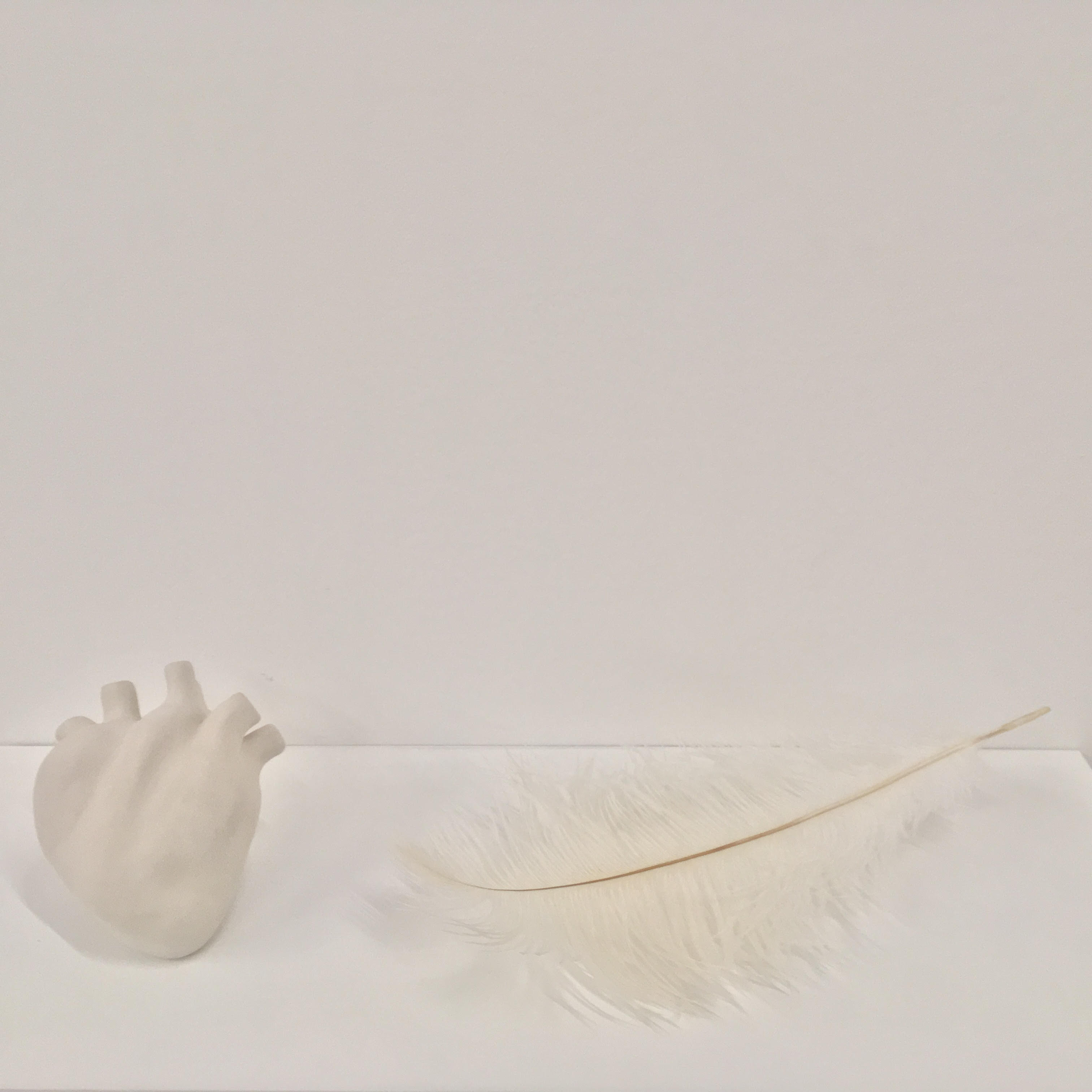
'Spirit', sculpture (2019)
Ceramic (14 x 10 x 7 cm) and ostrich feather (18 x 34 cm)
In ancient Egypt the Northern Bald lbis had its own representation in hieroglyphics. The bird was considered a sacred mediator between gods and men. Although belonging to the divine world, he was given the power to influence the living.
It was related to the notion of Akh or "spirit" which meant a part of the soul of human beings having the possibility to continue in the Afterlife. This eventuality was examined at the end of the ritual weighing of the heart of the dead, mentioned in the "Book of the Dead". The heart was placed on a scale facing an ostrich feather, symbol of truth and justice, to decide the posthumous status of the Akh. Akhs successfully passing this ritual achieved life after death.
The Northern Bald Ibis was also associated with the notion of horizon. In Egyptian cosmology, the Earth, the Sky, and the subterranean world all converged on the horizon, the site of the sunrise and by extension the place of birth, renewal, and resurrection.
The Akhs symbolized by the Bald Ibis were born in the horizon and followed the sun on their way back to the world of the living.
An ostrich feather and a ceramic human heart recall a rite that testifies to a time when it was considered that the human soul could not save itself and that its immortality was associated with Nature.
'Omen'
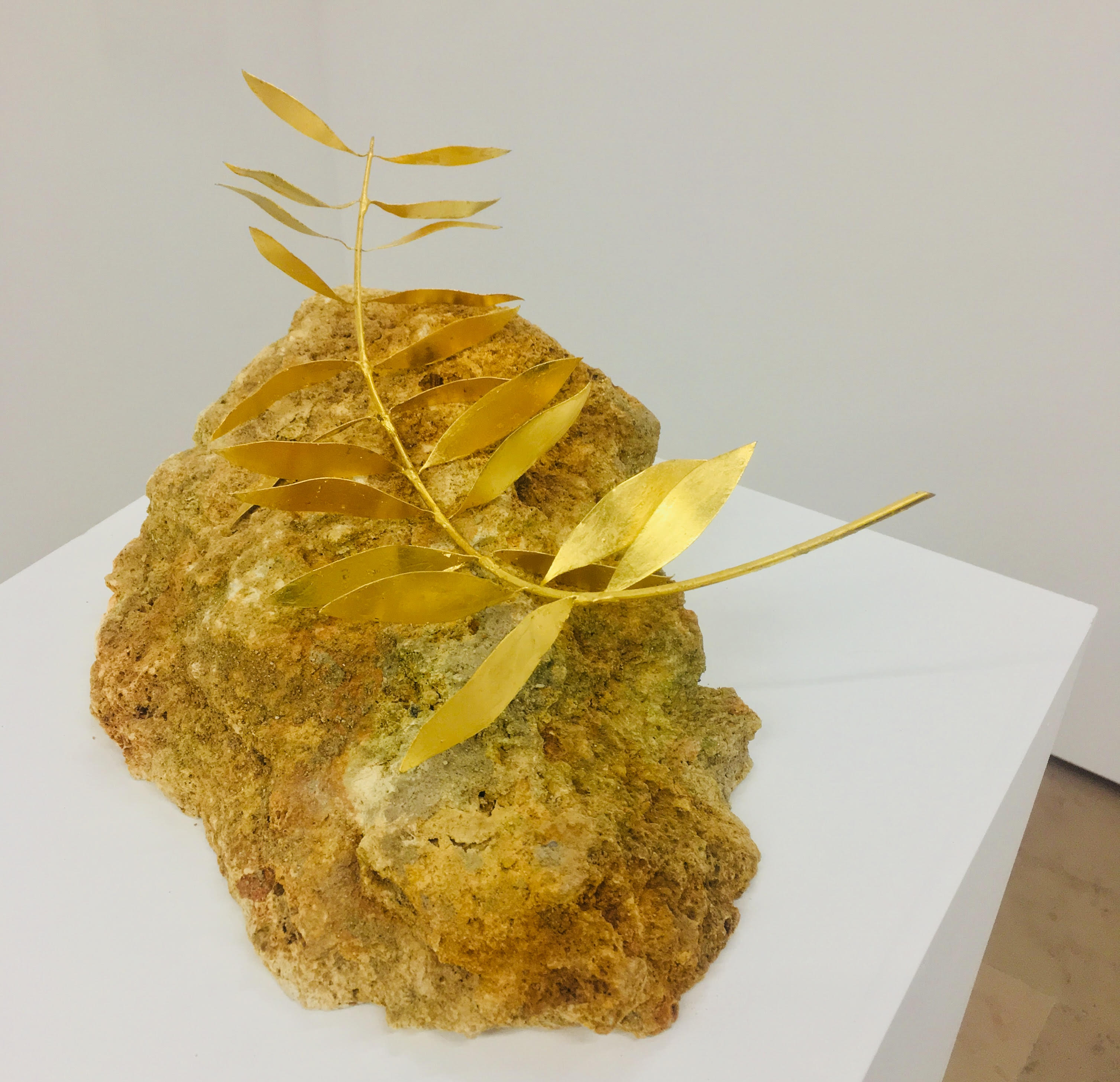
'Omen', sculpture (2019)
Olive tree branch - Brass, Gold leaf (14 x 31x15cm) Limestone (Variable dimensions)
The most important Northern Bald Ibis colony in the Middle East is located in Birecik, a village on the Euphrates River in Turkey.
In this region is spread the belief that Noah, in order to verify the existence of the mainland after the Great Flood, would have sent a Bald Ibis as a scout from the Ark. This "messenger of fertility" is then succeed by the dove with the olive branch, symbol of renewal of nature.
The local Muslim community still regards the Bald Ibis as a sacred bird that guided pilgrims to Mecca along its migratory route.
Thanks to these diverse beliefs, a semi-wild and sedentary bird colony has been preserved in Birecik and nestles in the rocky and arid limestone environment of this part of Anatolia. This colony, which does not contain any specimens that know the migratory route, remains very closely monitored to avoid the failure of a migration that jeopardizes the surviving species.
A statue of the sacred bird still stands today in Birecik and is the symbol of the city.
The Bald Ibis is therefore a transmitter of omens, a symbol of rebirth, a mediator bird with prophetic attributes, both in mythical time and the present time.
A limestone fragment evoking the environment of Birecik, on which rests a precious olive branch carved and gilded, pay tribute to the bird. Now threatened, the species finds itself absent from its memorial and supplanted by its mythical evocation.
‘Dusk'
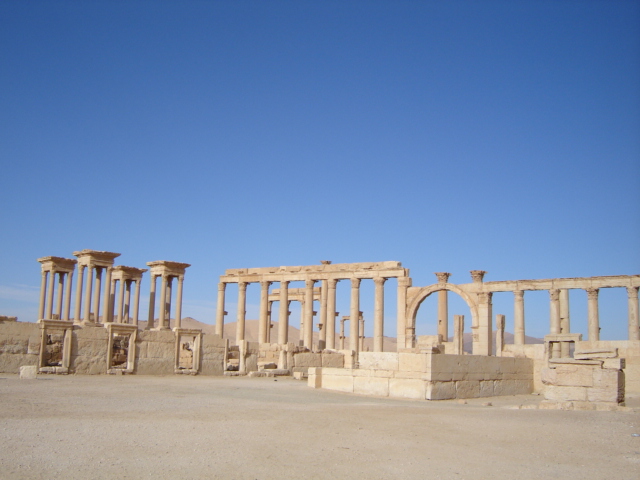
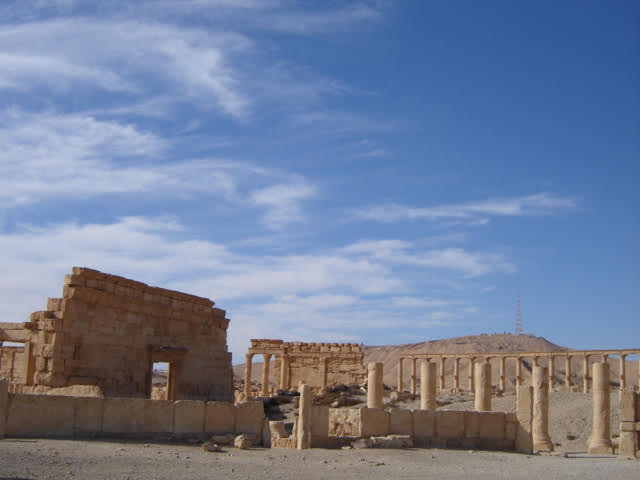
'Dusk', embossing Paper (2019) based on photos of Palmyra I took in 2010.
A wild population of Bald Ibis was found in 2002 around the ancient city of Palmyra after it was thought to have disappeared in the region for 70 years.
The only female breeder in the group was then named Zenobia, named after the Queen of the Kingdom of Palmyra, who stood up to the Roman Empire in the third century. Zenobia was then the only specimen who knew and could transmit the migratory route. Without it, the birds watched by ornithologists could not learn the road and could get lost in the wilderness if they moved away.
Zenobia was last seen in Palmyra in 2015 shortly before the destruction of the ancient site by fighters of the ISIS. She has since been missing, taking with her the precious knowledge of the migratory route of the small, wild colony of the Middle East.
Crossroads of civilizations, an essential place of commercial and cultural exchanges since Antiquity, it is in Palmyra that converge, today imbricated, an irreparable loss of cultural and natural heritages. This historical coincidence of heritage and ecological damage, all too often considered in a different way, invites us to reconsider the consequences of human action, and to consider a relationship to the world where the boundaries between Nature and Culture are blurred again.
3 embossings inspired in personal photographs taken in 2011 during a visit to the Antique site keep track of this city just before its new dusk.
'Origin'

'Soar’
'Soar' Audio (2019)
Separated from the Middle Eastern species, a settled Bald Ibis colony counts nearly 500 specimens that live and soar in the Souss-Massa Nature Reserve located in Morocco. Their preservation remains a challenge for the man.
Their song is an affirmation of rebirth and resilience.
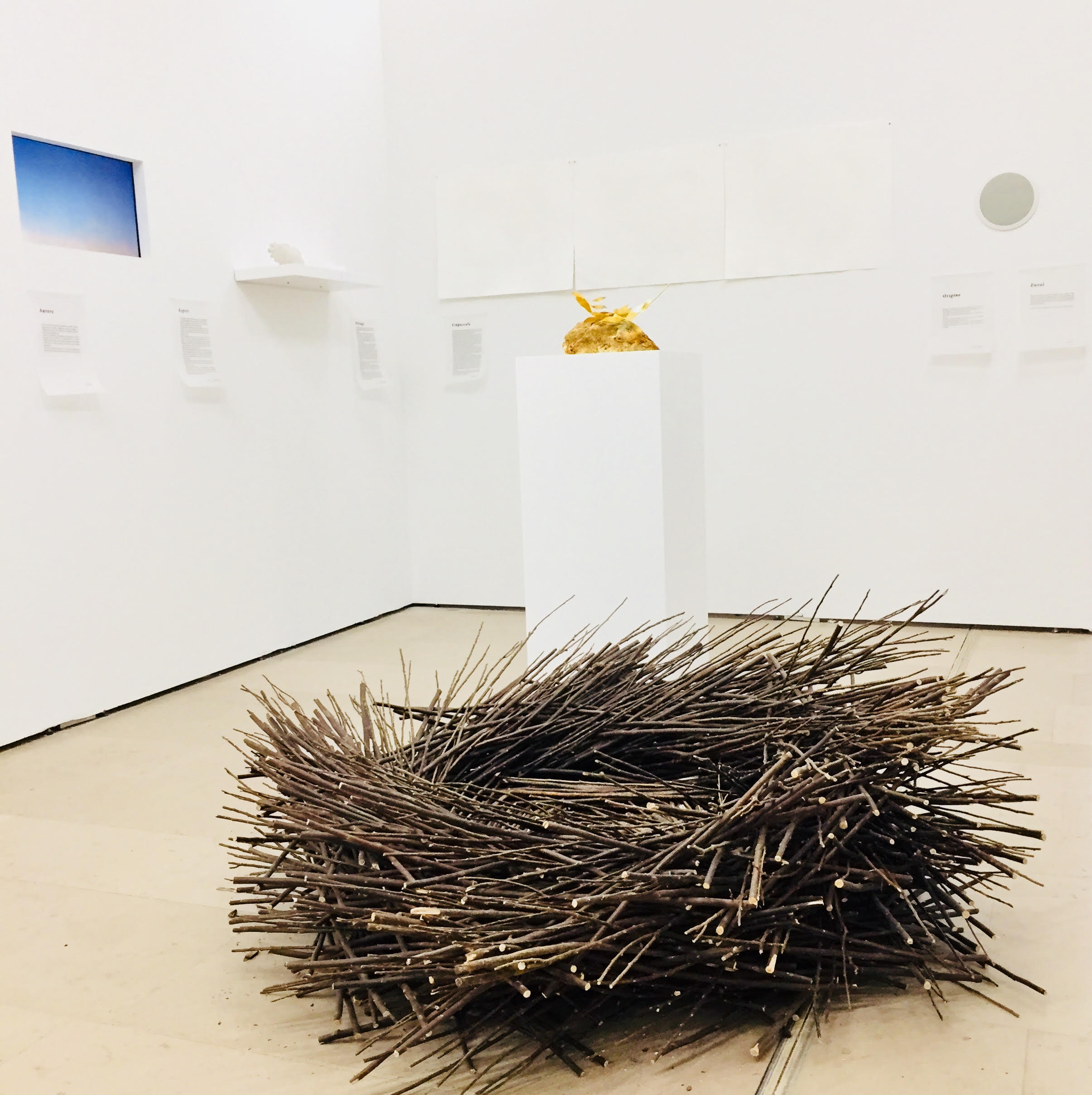
View of the installation 'Disoriented, On Lost birds and Vanished Stones' at the 64th Salon de Montrouge 2019
64th SALON DE MONTROUGE CATALOGUE: Text about CAMILA SALAME's work Written by Art gallerist Anne Sarah Benichou
